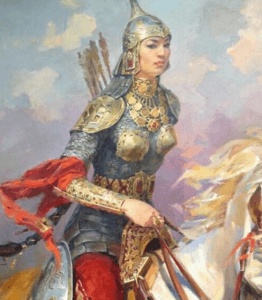Ancient History Female Warriors

Ancient History
As ancient History always focuses on male warriors, the casino is always a male industry. However, online casinos have given women a stepping stool to the casino industry without fear. You can easily just log in on Reels of Joy and pick your game without having to reveal your gender. Here is a list of women who defy the odds in warrior ancient history. They now appear in the war books from ancient history as the best warriors.
Ancient history books on Largetha
Lagertha is the symbol of the female Viking warrior. She was a Norwegian shieldmaiden, also the leader of female warriors in the 12th century after the death of their king to a Swedish ruler. In order to fight the war, the women had to wear male clothes. Additionally, according to ancient history books, Largetha and her husband also are known for taking 120 ships to silence a revolt in Denmark.
Lakshmibai the Mother of Jhansi
One of the famous pictures of Lakshmibai is that of her carrying a baby on her back at war. After the death of her husband, Lakshmibai lost her throne. However, the brave warrior still went on to lead soldiers in one of the most historic wars in ancient history. The Indian rebellion against the British in 1857 is the most historic war in Indian history books. Even after facing defeat, Laksmibai still remains a national hero and symbol for freedom fighters in India.
The Naval Queen Artemisia II
Artemesia’s history dates back to the 5th Century BC. According to ancient history, she is the Queen of Halicarnassus, currently known as Turkey. She is also a smart, cunning, independent and strong woman. Artemesia fought against famous war heroes like Xerxes in the famous Salamis war.
Joan of Arc: The warrior and Saint
At the age of 17, Joan is France’s Ancient history hero and saint. According to history, Joan had visions Arch Angel Micheal which eventually led her to join the French army and lead the victorious Seige of Orleans. However, the Saint was burnt on a stake for crossdressing and heresy in 1431 by the English.





















